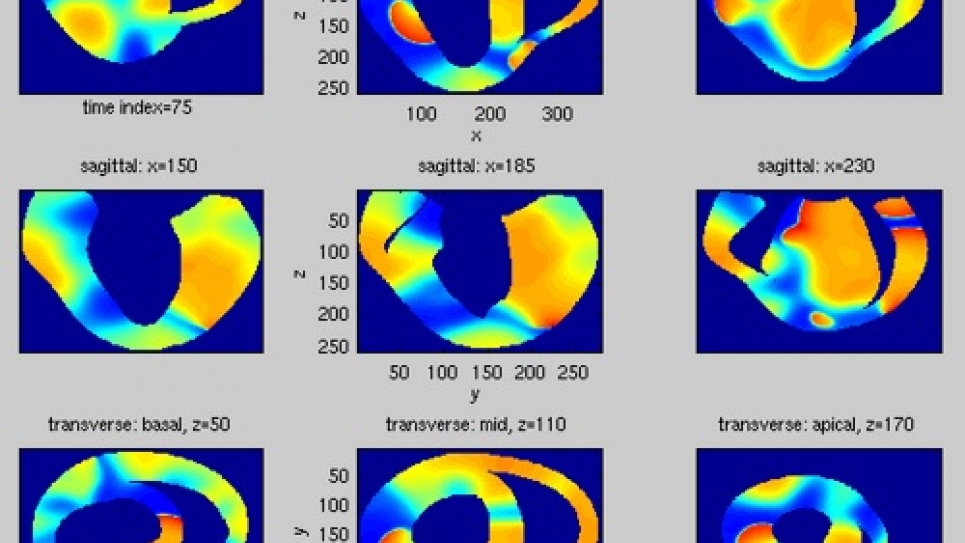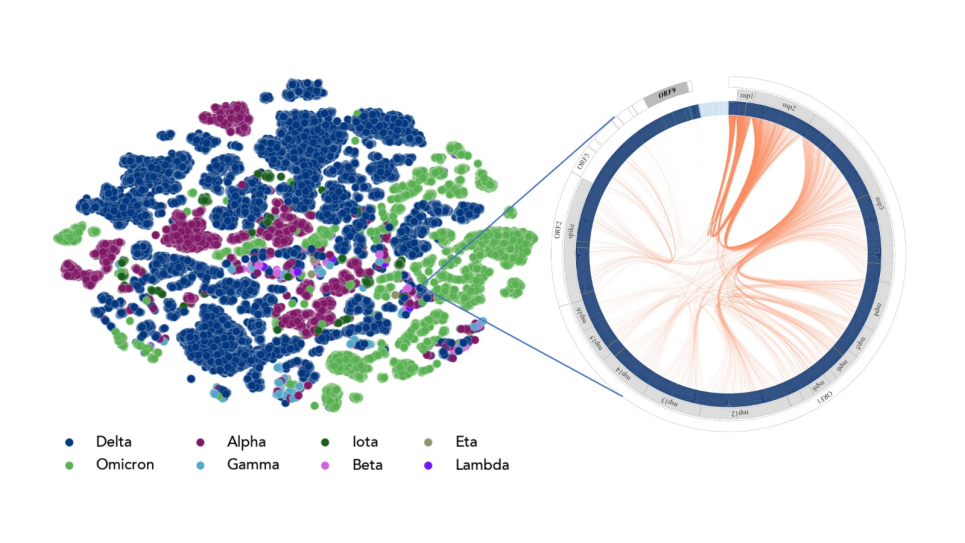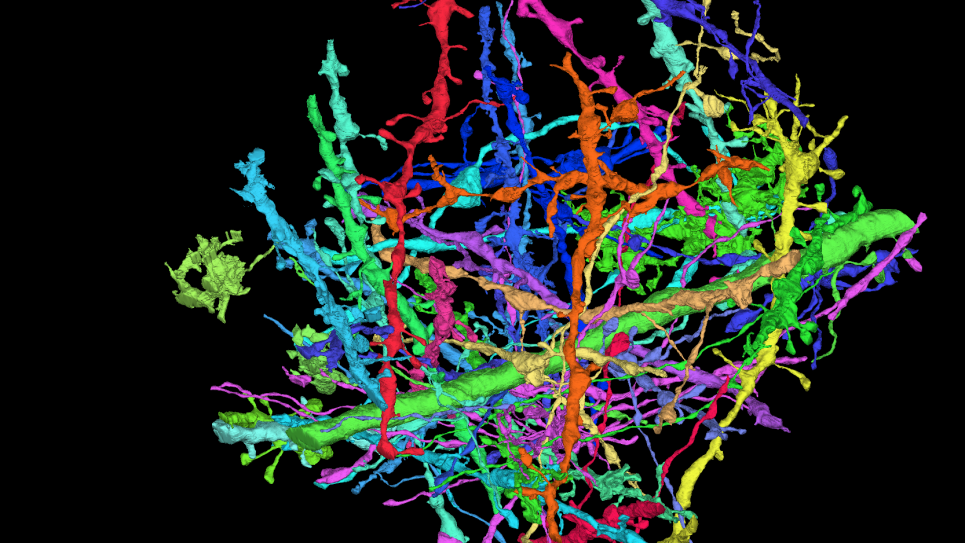
Preventing Cardiac Rhythm Disorders
Catastrophic rhythm disturbances of the heart are a leading cause of death in the United States. Treatment and prevention of cardiac rhythm disorders remain difficult because the electrical signal that controls the heart’s rhythm is determined by complex, multiscale biological processes. However, recent advances in experimental technologies have allowed for more detailed characterizations of normal and abnormal cardiac electrical activity.
Approach
In work funded by the National Institutes of Health (NIH), researchers are using U.S.Department of Energy INCITE allocations on the ALCF’s Blue Gene/P to rapidly test hypotheses for the initiation and maintenance of rhythm disorders. These large-scale computer simulations represent a promising tool to help identify the underlying electrical mechanisms for dangerous arrhythmias and determine the effects of interventions, such as drugs, that may prevent or exacerbate these arrhythmias.
Results/Accomplishments
The results of these simulations may help elucidate mechanisms of heart rhythm disorders that pose a significant health risk to the general public. An improved understanding of these disorders will help lead to safer and better treatments for patients.
Future Efforts
Certain activation sequences have been shown to be particularly effective at inducing arrhythmias in canine experimental models. We plan to study these sequences in large-scale simulations of the canine heart to identify the mechanism by which wave break and the induction of an arrhythmia might occur.


